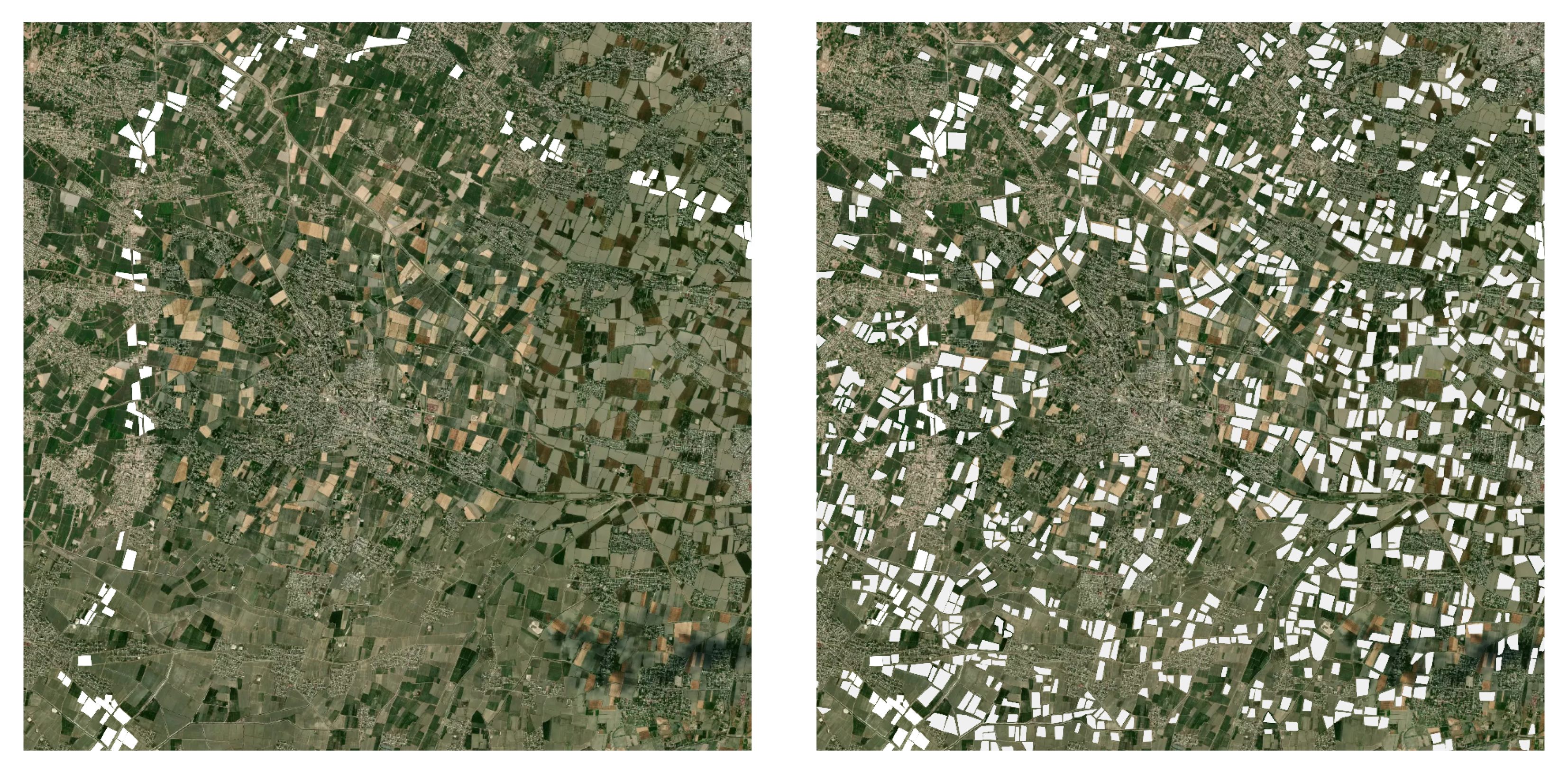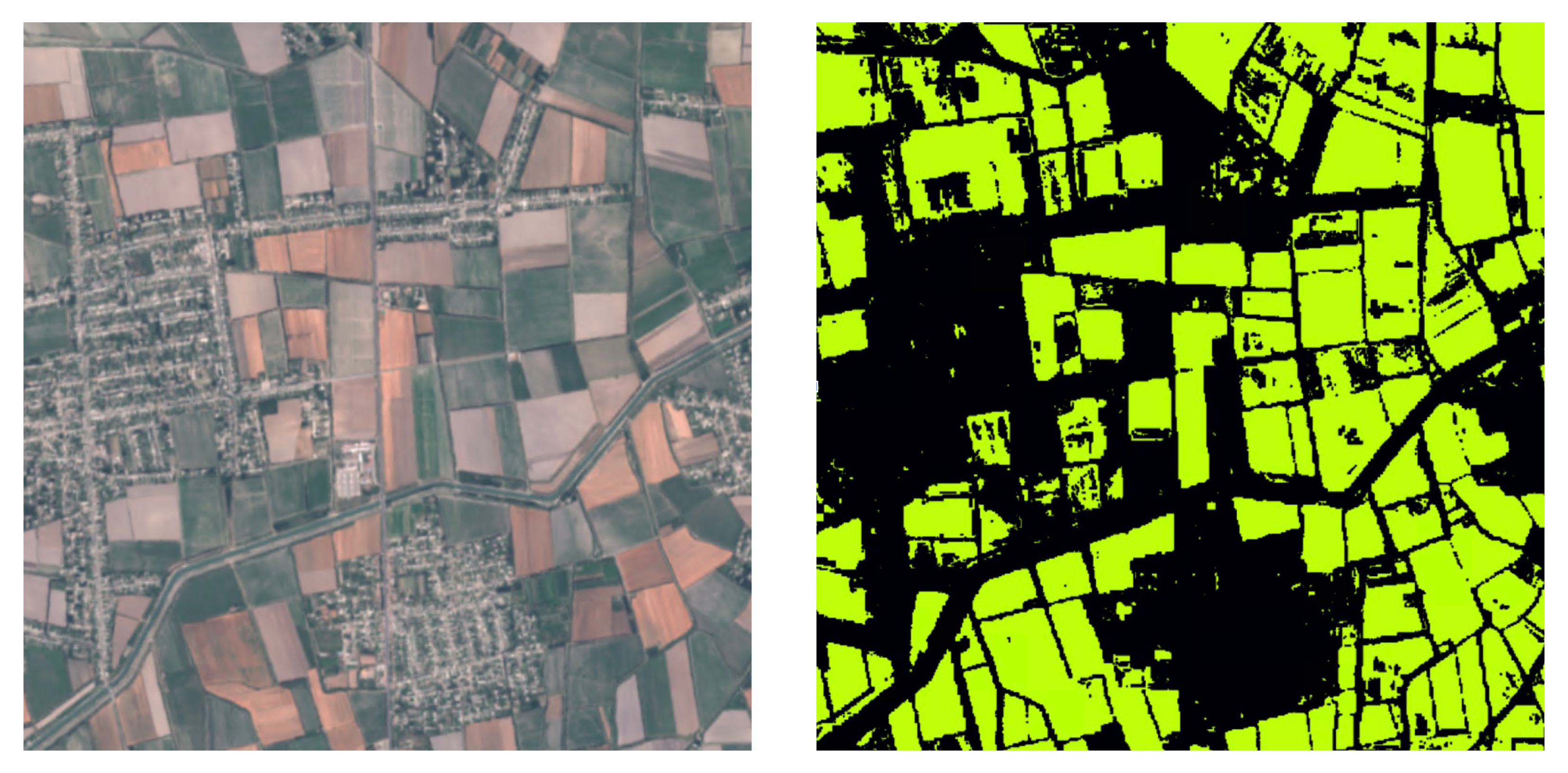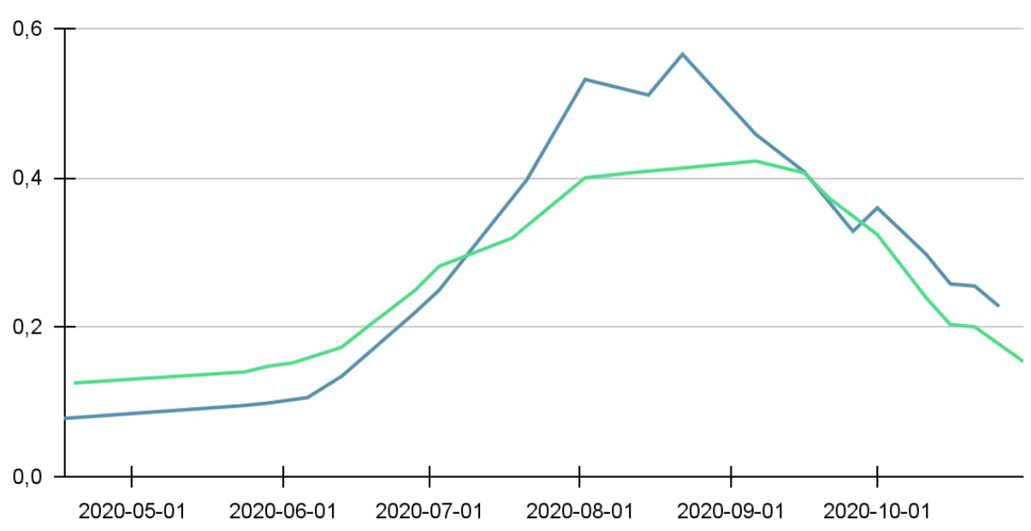ImaginEarth
31000 Toulouse
France
Ocean Energy
3 Casement Square
Kilgarvan
Cobh
Co. Cork
Ireland
Mindseed Limited
13 Railway Ave,
Burrow
Co. Dublin
D13 X6F6
Ireland
Revolutionising organic cotton certification using satellites and machine learning

Organic cotton is becoming increasingly popular as the fashion industry and consumers seek to reduce pesticide, water, and energy use in garment production. As part of an ESA Kick-Start activity, Marple has developed new technology which uses satellite imagery and machine learning to identify organic cotton fields and speed up the monitoring and certification processes for the crops.
The most widely used fibre in clothing, cotton, is also one of the most chemical-intensive crops to produce, accounting for only 2.5% of the world’s arable land but consuming 16% of the world’s pesticides. Growing organic cotton helps redress this imbalance, using 88% less water, 62% less energy and zero pesticides than conventional cotton-growing methods. The current challenge is that only around 1% of cotton production is organic.
The organic cotton industry is expanding rapidly, tripling in size in the last three years as a result of its growing popularity in fast fashion retailing and an increased awareness of environmental sustainability among consumers. This means rapid and reliable certification of organic cotton production is increasingly urgent if the industry is to meet market demand and ensure a positive impact.
Kick-Start activities assess the economic and technical feasibility of new projects. In 2021 ESA announced a Kick-Start activity to encourage circular economies. These are economic systems that minimise the use of resources, carbon emissions and waste. German start-up Marple rose to the challenge. Aware that the fashion and textile industry is responsible for a tenth of all the world’s carbon dioxide emissions, Marple realised that identifying the growing number of organic cotton producers quickly and easily, and speeding up the certification process for their crops, would bring benefits to both the fashion industry and the planet.
Growers, buyers, project managers and crop certifiers are located in many different areas of the world, making monitoring a time-consuming and expensive business. To solve this problem, Marple has developed an AI-based technology called CoCuRA (Cotton Cultivation Remote Assessment) which, using satellite images and machine learning (computer systems that learn and adapt using algorithms and statistical models to analyse patterns in data), is not only able to detect cotton fields but can also differentiate between the type of cotton being grown i.e. organic or conventional.
Marple initially trained a land use classification model to separate cropland from water, forests, or buildings on satellite imagery. It then trained CoCuRA to identify cotton fields and other produce using data from Uzbekistan, one of the world’s major cotton producers. Finally, CoCuRA was trained to identify, via remote sensing, differing indices between conventional and organic cotton crops. The data has shown the system to be 98% accurate and Marple is now in consultation with numerous certification and development organisations to apply CoCuRA to their markets and requirements.
“We have shown that it is possible to detect cotton fields on satellite imagery and remotely classify them according to their cultivation standard,” said Dr David Scherf, Marple’s co-founder. “We are also confident we can apply the technology to other crops such as corn or wheat.”
“This is the kind of innovation that ESA want to support that uses space solutions to create shared value and a positive impact on the world,” added Guillaume Prigent, ESA’s Business Development and Partnerships Officer. “It can help governments and NGOs track ecological changes over entire regions and benefit small farmers previously excluded from organic certification because of high costs.”


Terrasigna
Strada Logofăt Luca Stroici 3
020581 București
Romania
International Research School of Planetary Sciences
Università "G.D'Annunzio"
Viale Pindaro, 42
65127 Pescara PE
Italy



